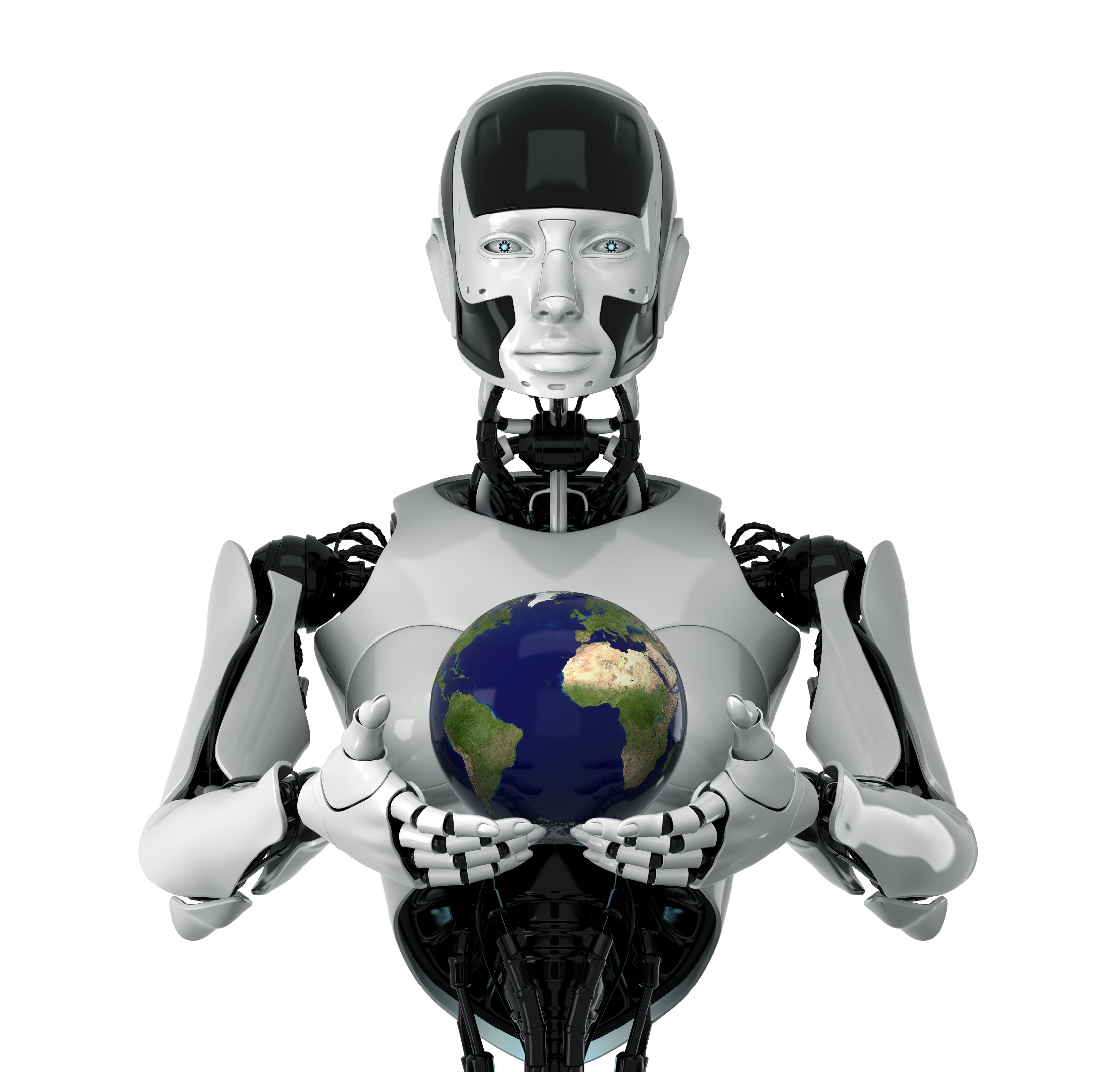From Fighting Malnutrition to Making Cities Greener: The Unexpected Ways IoT is Changing Our World
By: Ludovico Fassati
 The Internet of Things (IoT) is rapidly changing the way we interact with almost everything in our daily lives. From smart homes and connected cars to sensors in manufacturing plants, new
applications of IoT technology that come to market every day, making our lives easier and more efficient. All markets are integrating the technology at a breakneck pace, setting a course for
significant scale in the coming years. In fact, Gartner predicts that by 2020, IoT will connect 20.4
billion things worldwide.
The Internet of Things (IoT) is rapidly changing the way we interact with almost everything in our daily lives. From smart homes and connected cars to sensors in manufacturing plants, new
applications of IoT technology that come to market every day, making our lives easier and more efficient. All markets are integrating the technology at a breakneck pace, setting a course for
significant scale in the coming years. In fact, Gartner predicts that by 2020, IoT will connect 20.4
billion things worldwide.
As the broad web of the IoT continues to expand and the technology matures, companies across every industry are recognizing that the solution is a necessity to stay relevant in our digital world. In fact, the 2017/2018 Vodafone Barometer report found that 85 percent of companies surveyed across global markets see IoT as “critical” for the future success of any organization in their sector.
With IoT, businesses have access to more information than ever before, and they’re using it to rethink how they operate—to, in fact, transform from the inside out. IoT is enabling businesses to use data to make smarter decisions. It’s helping them to build stronger relationships with their customers. It’s improving their speed and agility in responding to urgent issues.
As businesses continue to embrace IoT, they are finding unique ways to leverage the technology, driving progress in new and often unexpected ways. With uses in transportation, agriculture and healthcare, IoT is offering new and impactful solutions to, among other things, fight malnutrition, offer sustainable ride-sharing transportation options, and even enable better disease management. This sampling of unique cases offers a view into the magnitude at which IoT will provide better and more efficient solutions to change the way we interact with our world.
A Smart Way to Fight Micronutrient Malnutrition
Food fortification is common in the developed world. From the milk we pour into our cereal each morning to the calcium-enriched orange juice that we use to wash it down, much of our food is fortified with the vitamins and minerals we need for healthy development and optimal function. However, there are two billion people in the developing world who aren’t as fortunate. Without access to key vitamins and minerals in their available food supply, they can suffer from “hidden hunger” or micronutrient malnutrition. This is a problem that can lead to infant fatalities, intellectual disability in children, preventable blindness among adults, and maternal death during childbirth.
Fortunately, micronutrient malnutrition is a preventable and solvable problem. Organizations like Sanku (Project Healthy Children) are at the forefront of battling hidden hunger with technology. By adding nutrients during the milling process with a unique technology called a “dosifier,” Sanku is making fortified flour available to communities in need, creating a solution for people who lack access to healthy food.
Today, IoT is accelerating these efforts. Before adding IoT to their technology, workers had to manually oversee dosifier maintenance and flour production at each mill Sanku supports, meaning each staff member could only manage 25 dosifiers.




















